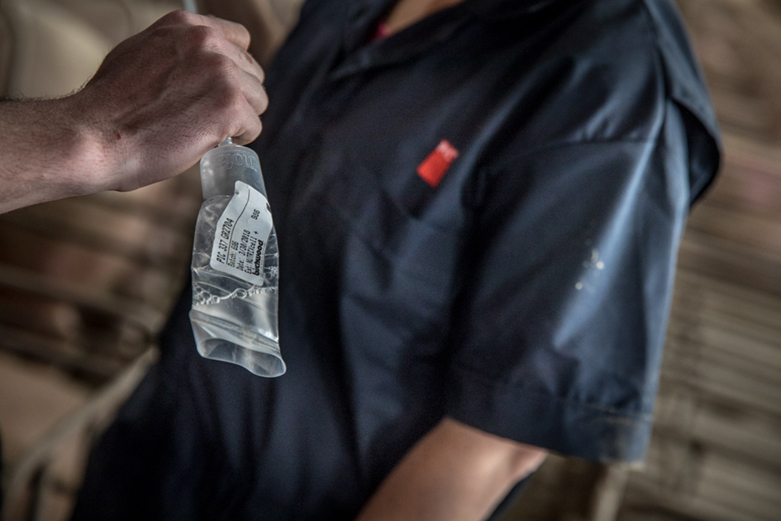Looking beyond breeding and semen handling for answers
Traditionally, when farrowing rate trends are flat or down, our first instinct is to blame breeding or semen. However, there are more factors involved that influence farrowing rates and many times data is pointing us in a different direction.
PIC took an in-depth look at trends to further understand all factors affecting farrowing rates and how they impact each other on a system level. The goal? Find opportunities and make every mating count.
What story are global trends telling us?
When evaluating the different global data sets available, PIC Technical Services team pointed out two key points:
- Farrowing rate trend has remained flat over the last five years.
- The gap in farrowing rate between the top 10 percent and the average is between five to six percentage points.
What does this mean?
“Collectively as an industry we are continually improving in terms of semen quality, on-farm handling and tools available for breeding females,” explains Sebastian Casiro PIC Technical Services Manager UK. “What’s happening is we have opportunities in other areas that are not exclusively based on reproduction or semen, like the quality of the females bred, environmental factors or health.”
Finding the root cause
Farrowing rate is an indicator, just like high blood pressure. High blood pressure is an indicator of an underlying ailment.
“When farms start seeing farrowing rate challenges, in most cases, their first reaction is to protect the farm throughput, with the aimto find the origin of the problem quickly and fix it.” says Seb. “They try to increase the number of matings to compensate for losses to try to maintain the number of farrowings per week.”
For example, if a 1,000 -sow farm increases weekly matings by three percent, that means breeding three extra sows within two weeks . In a 22 week reproductive cycle, 28-32 more sows being bred.
If the underlying problem is not fixed, the ‘temporary solution’ sets off a chain reaction of additional challenges. This can lead to a higher sow inventory, a higher pool of opportunity females bred, inconsistent gilt utilisation, and fluctuations in the number of sows bred and farrowed per week.

“It is important to shift away from talking about the farrowing rate issue and start talking about reproductive efficiency issues because it’s more than just farrowing rate,” he says. “From the technical services’ standpoint, the first thing that we look at is what happened with the other 10, 15, or 20 percent that didn’t farrow?”
Knowing and analysing that information will provide a better chance to identify the root cause.
“We need to analyse where the reproductive failures are happening, in which part of the gestation period is it happening, and what kind of reproductive failure issue do we have?” Seb quotes. “If we don’t have data, we cannot fix it. We cannot understand the root causes of that issue.”
Repro-Tool for root cause analysis
Now there is a tool to help pinpoint the root cause. PIC Technical Services developed the ReproTool, a globally applicable tool that uses farm data to help farms understand their reproductive failures, economic impact and potential opportunity areas.
Once data is analysed and the root cause uncovered, plans can be made to mitigate or eliminate the cause based on the system.
“We understand that not all systems are the same and addressing the root cause can take time, but nevertheless, analysis of data and identification of the root causes should not take long and should be part of the production and technical service routine,” explains Seb.
Contact your PIC team to discuss reproduction efficiency and make every mating count on your farm.



